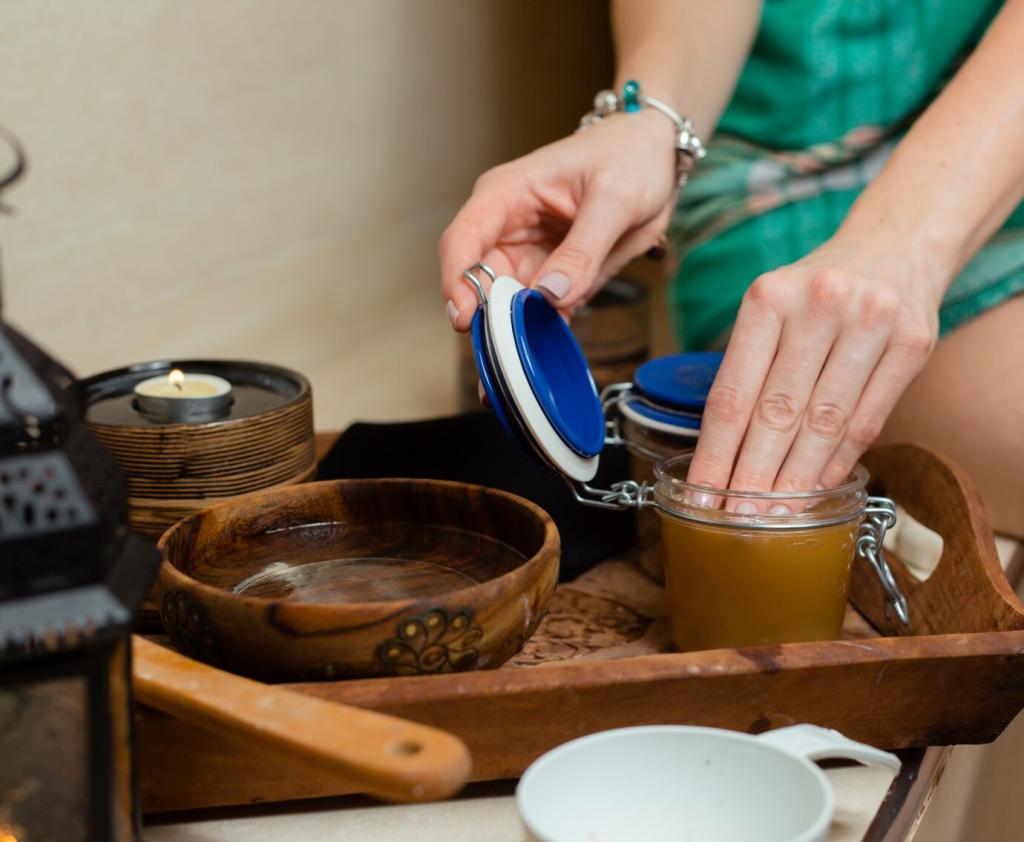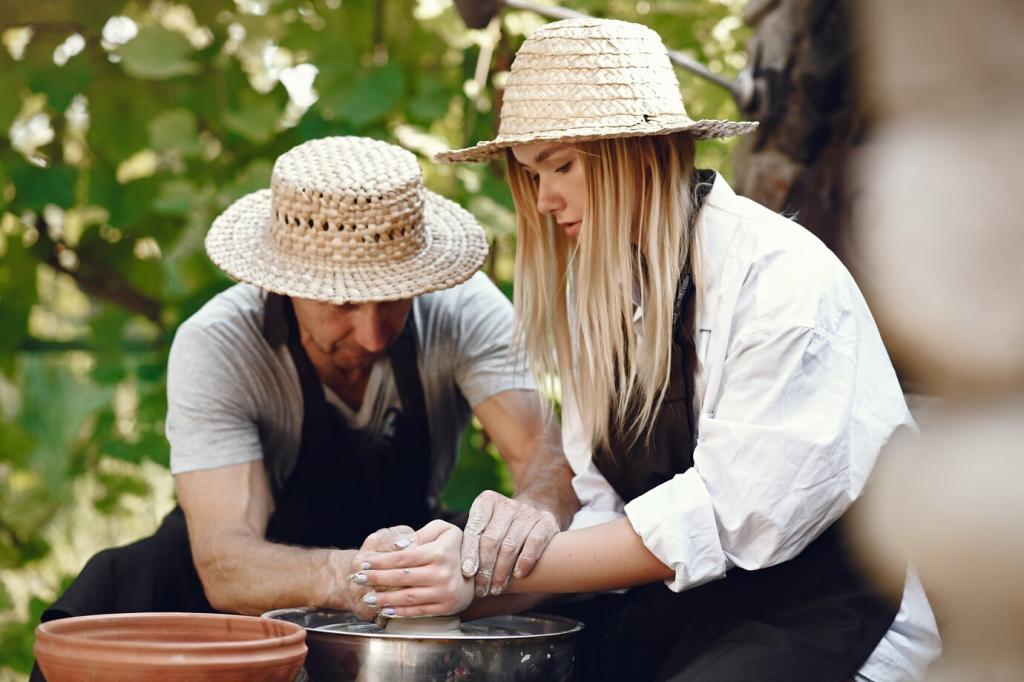DIY Essential Oil Massage Blends
Discover the art and science behind creating your own essential oil massage blends, elevating self-care and wellness routines with personalized, aromatic experiences. DIY essential oil massage blends empower you to harness the therapeutic benefits of botanicals for relaxation, rejuvenation, or targeted relief. By understanding the principles behind essential oil selection and safe blending, you can craft signature formulations tailored to your emotional and physical well-being. This guide delves into the essentials of choosing oils, blending techniques, and practical tips for safe and mindful use, all designed to enrich your holistic lifestyle naturally.
Understanding Essential Oils for Massage
The Benefits of Aromatherapy in Massage
Aromatherapy massage combines the tactile benefits of massage with the holistic effects of essential oils. Inhaling the fragrant compounds stimulates the limbic system, the part of the brain responsible for emotions and memories, which can help reduce stress, anxiety, and fatigue. Meanwhile, dermal absorption delivers therapeutic effects directly to tense muscles and tired joints. When personalized for your needs, an aromatherapy massage can promote relaxation, improve sleep quality, or invigorate your senses. Incorporating essential oils thoughtfully into your massage practice enhances both physical health and emotional well-being, reinforcing the powerful connection between scent, skin, and spirit.
Safety First: Dilution and Allergy Awareness
Safety should always come first when using essential oils for massage. These potent plant extracts must be diluted in a carrier oil—such as sweet almond, jojoba, or coconut oil—before application to the skin, as undiluted oils can cause irritation or allergic reactions. Each essential oil requires a specific dilution ratio based on its strength and your sensitivity, so it’s crucial to research compatibility and perform a patch test before using a new blend. Understanding contraindications is also important, especially for children, pregnant individuals, or those with certain medical conditions. Practicing safety not only prevents negative reactions but also ensures the therapeutic benefits are delivered comfortably and effectively.
Selecting the Right Oils for Your Needs
Choosing the right essential oils for your massage blend revolves around your goals and preferences. For relaxation and stress relief, lavender, chamomile, and sandalwood are popular choices. To energize or relieve muscle tension, consider peppermint, eucalyptus, or rosemary. Everyone’s body chemistry and scent preferences are unique, so experiment with small batches to find what works best for you. Consider the emotional and physical outcomes you desire—whether it’s calming nerves, soothing aches, or boosting your mood—and select oils whose properties align. Remember, creating a custom blend is both an art and a science, allowing you to craft a massage experience tailored just for you.

Balancing Top, Middle, and Base Notes
Crafting a harmonious blend involves more than choosing oils with desirable effects; it’s also about balancing aroma. Essential oils are categorized as top, middle, or base notes, indicating how quickly they evaporate and their influence on the blend’s scent profile. Top notes, like citrus or peppermint, provide a fresh, opening scent but fade quickly. Middle notes, such as lavender or geranium, add body and depth, while base notes including sandalwood or patchouli anchor the aroma, lingering the longest. By combining these notes thoughtfully, your massage blend will unfold layers of fragrance throughout the massage, enriching the experience both aromatically and therapeutically.

Practical Techniques for Mixing Oils
Successfully combining essential oils with carrier oils requires careful attention to measurements and methods. Use clean, dry glass containers to prevent contamination, and start with small batches to perfect your formula. Add the essential oils drop by drop to your carrier oil, swirling gently to blend without introducing excess air. Allow your mixture to rest for at least 24 hours so the scents can harmonize, enhancing the blend’s character. Label each batch clearly, noting ingredients, ratios, and the date mixed. By observing these practices, you ensure the quality, safety, and consistency of your DIY massage blends for an optimal self-care experience.

Personalizing Blends for Body and Mind
Personalization is at the heart of DIY essential oil massage blends. Think about your current needs—whether it’s calming anxiety after a long day, preparing for sleep, or soothing aching muscles after a workout. Tailor the strengths and scents of your blends by adjusting the ratio of essential oils, selecting ingredients that correspond with your goals. You might create a gentle blend for daily use or a more potent formula for targeted relief. The beauty of DIY is the ability to experiment and refine, creating signature blends that resonate with your body chemistry and preferences. Trust your senses and intuition, inviting creativity into your wellness routine.
Safe Usage and Storage Practices
01
The potency and safety of your massage blends depend on the freshness of the essential oils and carrier oils you use. Most carrier oils have a shelf life of six months to a year, while essential oils can last one to three years, depending on the type. Exposure to light, heat, and air can accelerate oxidation, diminishing the therapeutic value and increasing the risk of skin sensitivity. Regularly check expiration dates and use the oldest blends first, ensuring you experience the full benefits of your DIY creations. By respecting the shelf life of your ingredients, you maintain both the enjoyment and the effectiveness of your massage blends.
02
Maintaining cleanliness during the blending process is vital to avoid contamination. Wash your hands thoroughly, sanitize all mixing utensils, and ensure storage bottles are clean and dry before use. Even the smallest traces of water or residue can introduce bacteria or cause oils to spoil prematurely. Using disposable pipettes or droppers for each oil prevents cross-contamination and preserves the purity of your ingredients. By upholding high standards of cleanliness, you protect yourself from skin irritations and maintain the quality and safety of your homemade massage oils, providing peace of mind with every application.
03
It’s important to recognize when a massage blend has gone bad. Changes in color, cloudiness, rancid or sour odors, or a change in texture signal that a blend may no longer be safe or effective. Spoiled oils can irritate your skin or lose their intended benefits. Conduct regular checks before each use and err on the side of caution—if a blend seems off, discard it and prepare a fresh batch. Staying attentive to these signs ensures your massage routine remains both enjoyable and beneficial, with every session grounded in quality and care.
